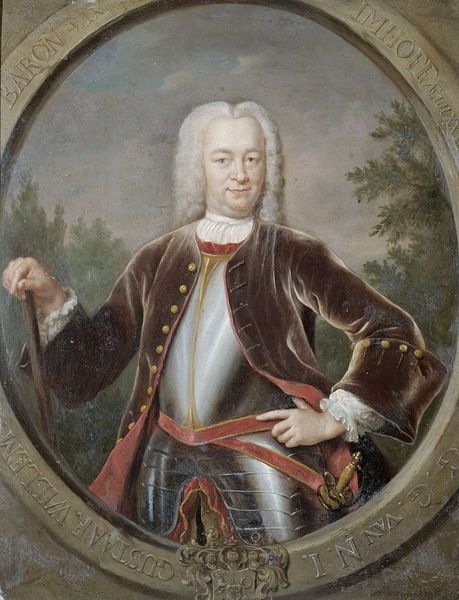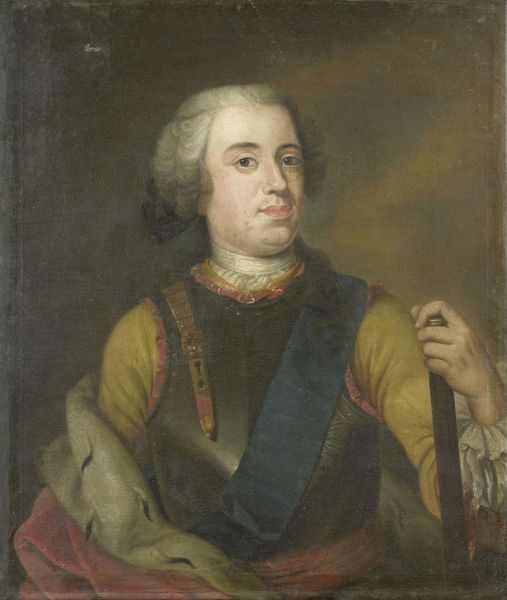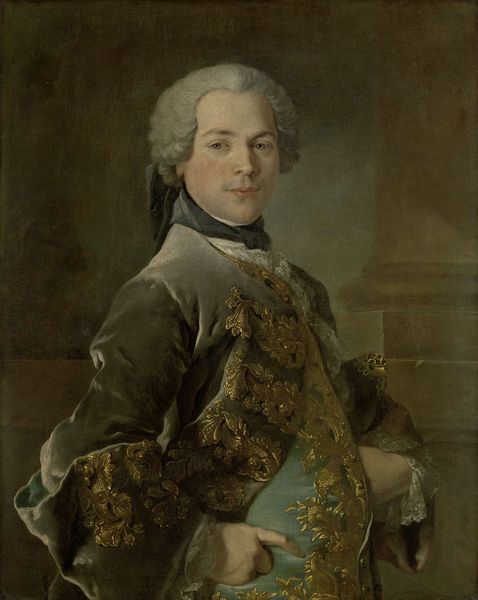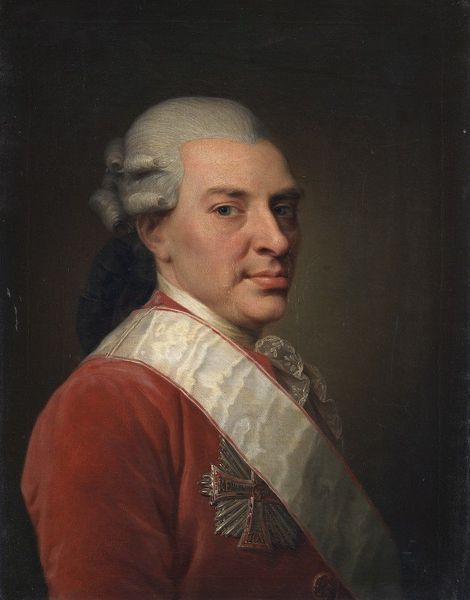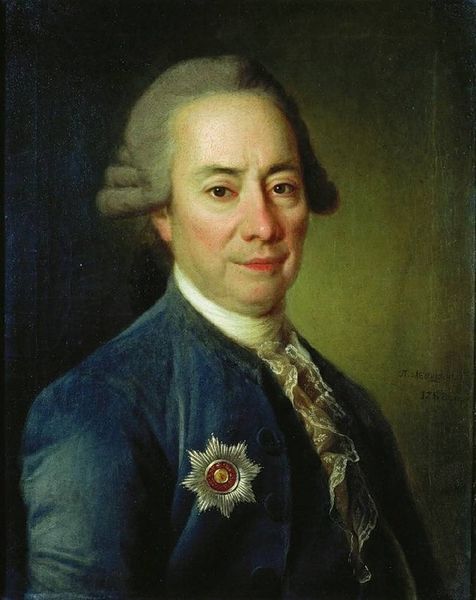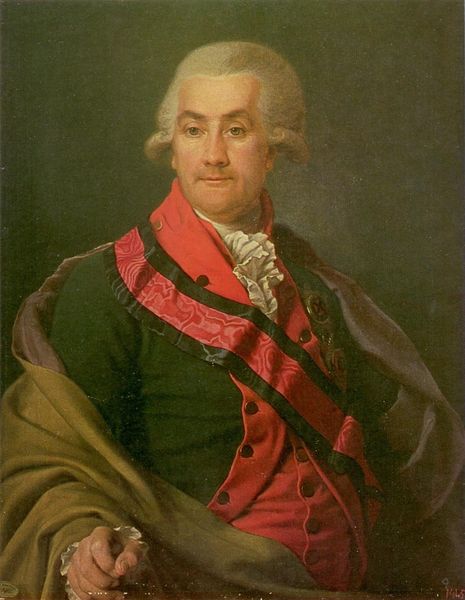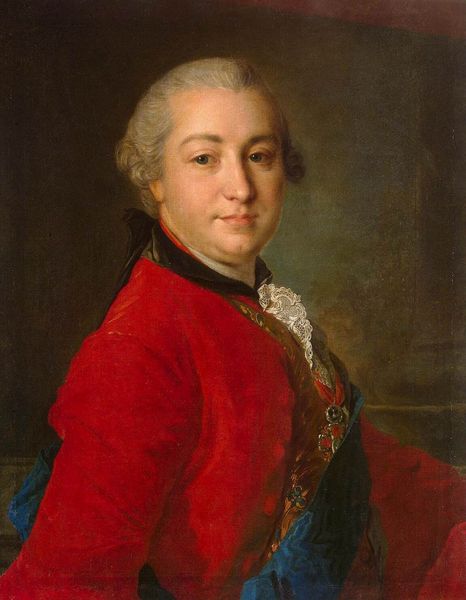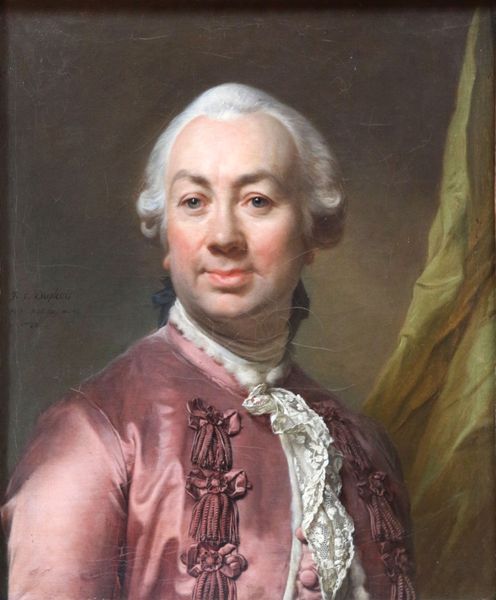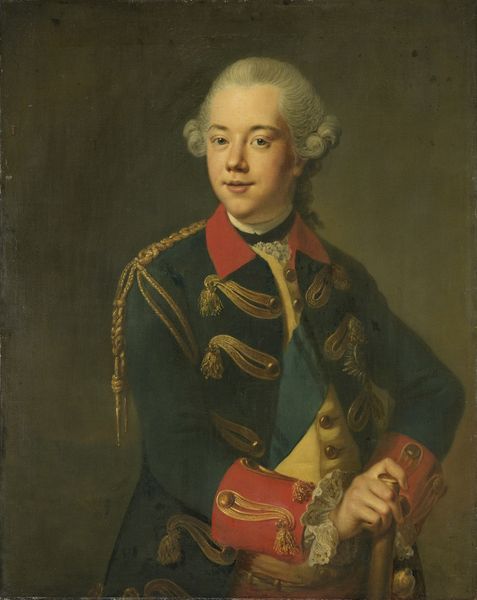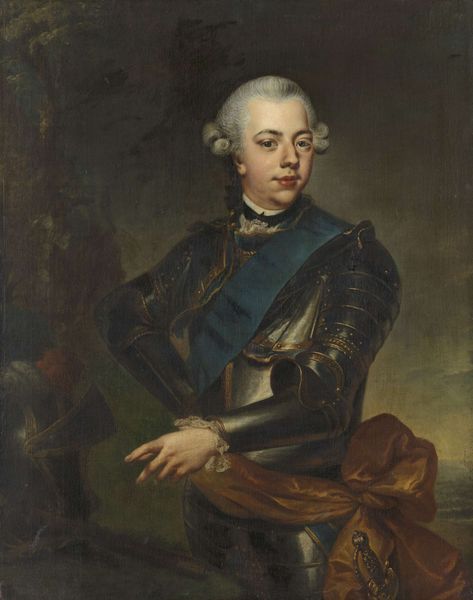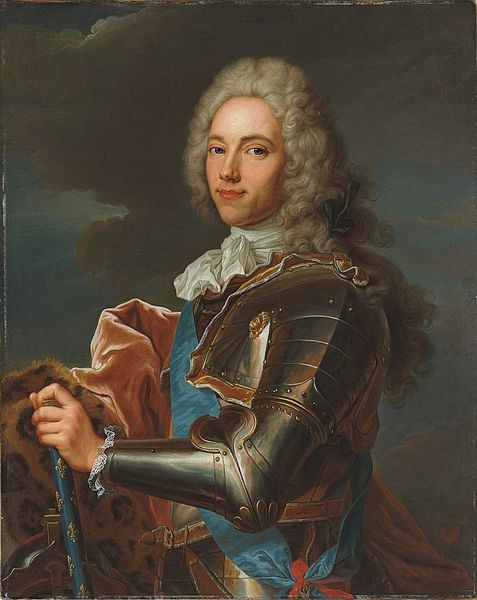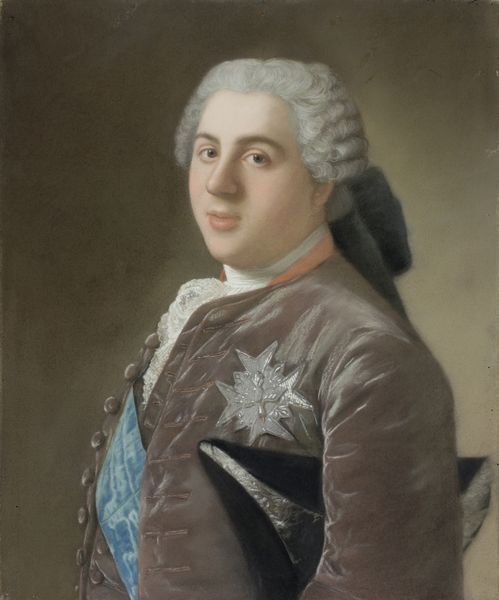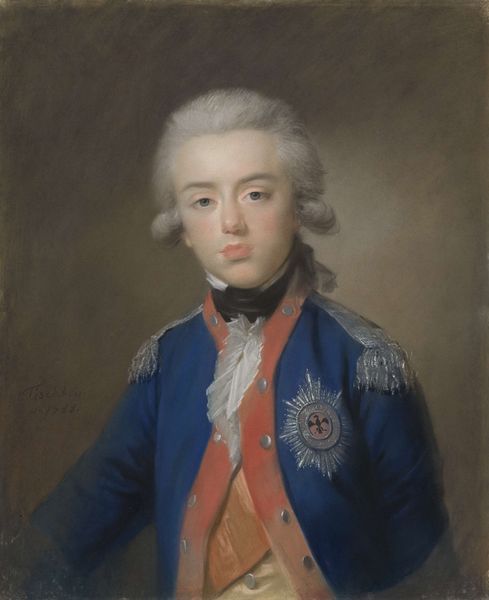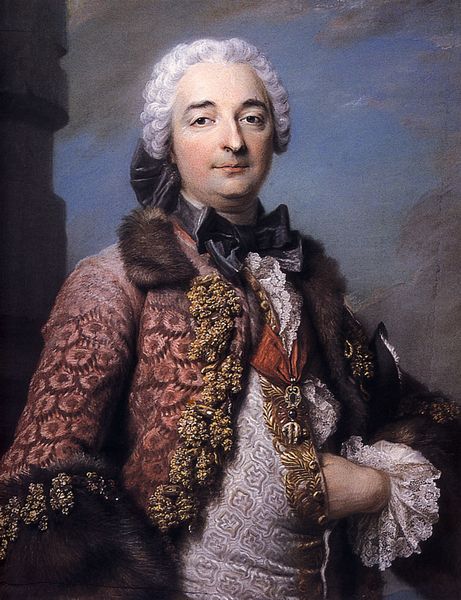
oil-paint
#
portrait
#
baroque
#
oil-paint
#
history-painting
Dimensions: height 82.5 cm, width 70.5 cm, depth 13 cm
Copyright: Rijks Museum: Open Domain
Curator: Let's turn our attention to this stately portrayal; an oil on canvas declared "Portrait of William IV, Prince of Orange," circa 1750, by an unknown artist, now residing here at the Rijksmuseum. My first impression? An attempt at authority that doesn't quite succeed, feels somehow constrained. Editor: Constrained perhaps by the very act of representation itself? Consider how the formal elements—the restrained palette, the classical composition—serve to uphold the subject’s elevated social position within a highly structured world. Curator: Precisely, that world of inherited power, solidified in dynastic lines; think about how William IV inherited the title at the tender age of three under the heavy supervision of his mother and later his wife. The portrait aestheticizes power, but through that aestheticizing, perhaps also reveals its fragility. Editor: I agree. The contrast of textures, like the velvet and the fur, the stiff materiality of the metallic elements, even the sitter’s soft gaze, certainly plays into the tension between the individual and their prescribed role. I see how the sharp contrasts heighten our focus on these visual relationships within the image. Curator: Consider also, the historical moment: this portrait emerges in a period of immense societal change and political upheaval. Is this work less about an individual, but more so about preserving a dying breed—hereditary rulers grasping onto power amidst the Enlightenment and precursors to the democratic revolutions soon to follow? Editor: It is the brushwork, quite apparent to me in the garments and the way light interacts with surfaces that really tells a story of its own. It draws you in through attention to fine detail, before you start interpreting what the subject wants you to feel. Curator: Agreed. Ultimately, this portrait sparks interesting conversations about representation, legacy, and the ongoing struggle between inherited privilege and democratizing ideals. Editor: A struggle visualized through careful compositions and deliberate details, creating a tableau that encourages more profound consideration about power, identity, and art.
Comments
No comments
Be the first to comment and join the conversation on the ultimate creative platform.
